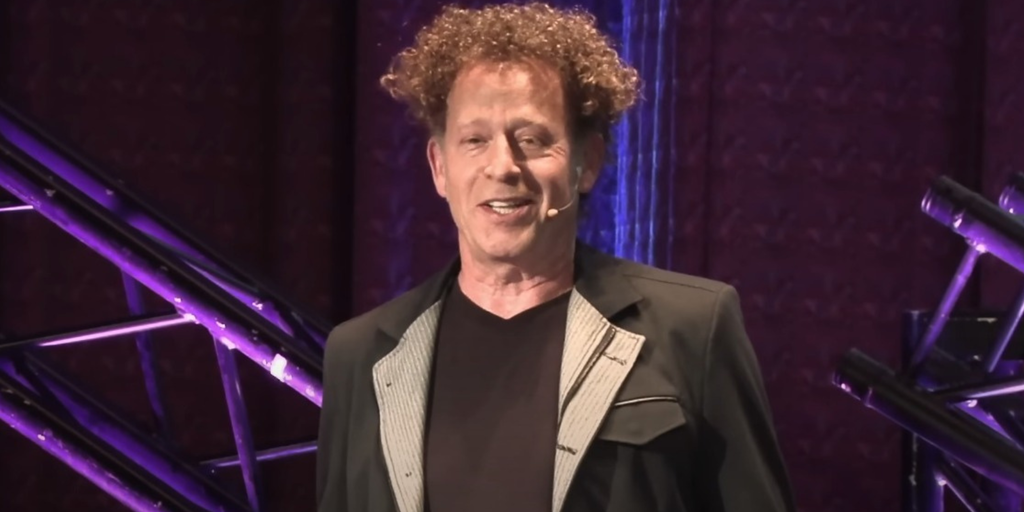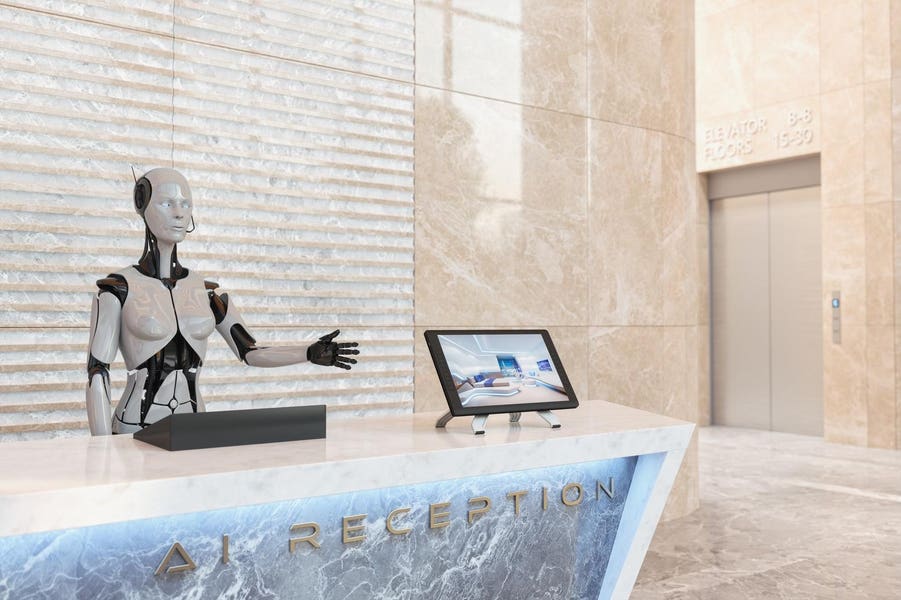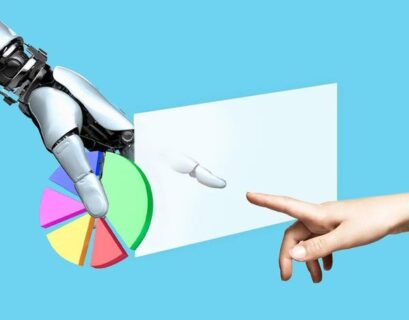Humanoid robots with advanced artificial intelligence capabilities have long been a fascination, with roots tracing back to ancient times. The desire to create artificial life resembling human bodies and minds raises profound questions about the implications of such technological advancements.
The historical quest for lifelike robots dates back to ancient civilizations like the Egyptians, as evidenced by the myth of Osiris in the 24th century BCE. Throughout history, stories like Pygmalion, the Golem, and Frankenstein have warned about the dangers of “playing God” while exploring the boundaries of creation.
In contemporary times, the pursuit of humanoid robots extends beyond mere curiosity to practical applications in commerce and industry. Innovations like Meta’s Habitat 3 and Open AI-backed startup 1X’s NEO robot for home tasks showcase the potential for AI integration in various sectors, from space exploration to household chores.
However, the hype surrounding AI-powered machines, including the controversial concept of AI-infused sex robots, has sparked ethical debates and concerns about inflated expectations. Despite advances in generative AI models and robotics, challenges persist in replicating the physical dexterity and versatility of human labor in tasks like product assembly.
While companies like Nvidia push the boundaries of robotic capabilities with technologies like Eureka AI, ensuring safety, environmental sustainability, and regulatory frameworks are crucial considerations. As the development of consumer-grade robots progresses, addressing issues such as the uncanny valley effect and public safety becomes paramount.
UC Berkeley’s Ken Goldberg emphasizes the need for policymakers to prioritize safety and ethical guidelines in the adoption of humanoid robots, particularly in sensitive environments like elder care. While the potential for robots with human-like dexterity is promising, cost barriers and practical limitations still hinder widespread adoption.
Looking ahead, Goldberg envisions a future where advanced robotic technologies become commonplace, revolutionizing industries and everyday tasks. As the boundaries between human and artificial intelligence blur, the ethical and practical implications of humanoid robots continue to shape the evolving landscape of AI integration in society.
Edited by Ryan Ozawa.










